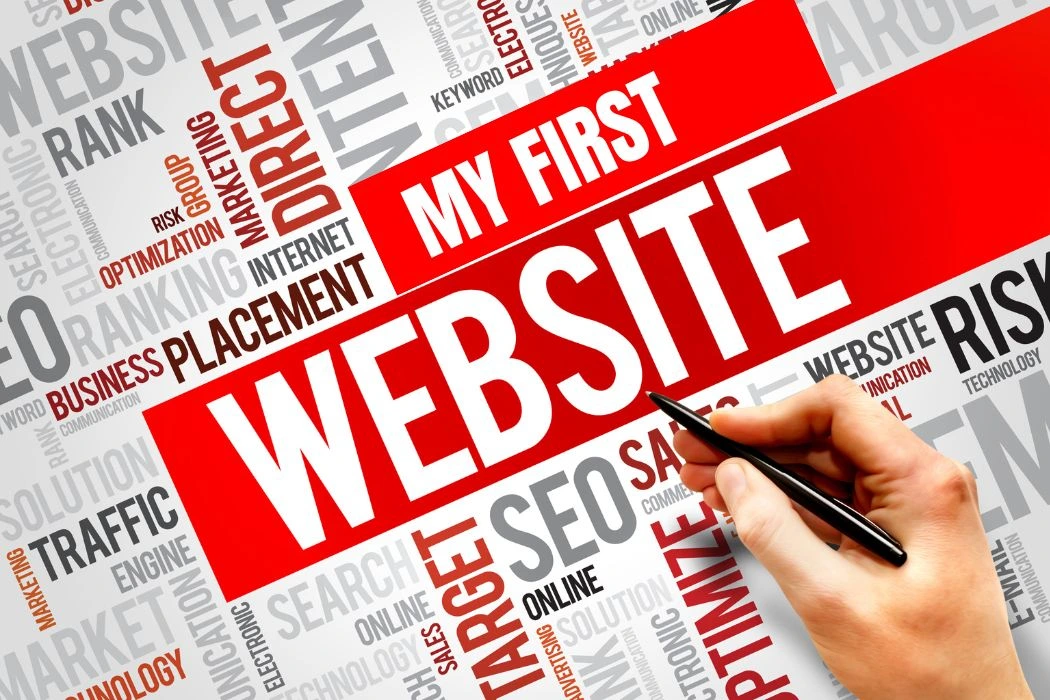Introduction
Planning a website is an exciting first step in establishing your online presence. Whether it’s for a personal project, business, or blog, a well-planned website ensures you achieve your objectives efficiently. In this guide, we’ll explore how to plan your first website, even if you have no technical expertise.
How to Plan Your First Website
1. Define Your Purpose and Goals
Start by identifying why you need a website. Is it to showcase a portfolio, sell products, or share your ideas? Clearly defining your purpose will guide every decision you make.
– List the primary objectives of your website.
– Identify your target audience and what they’re looking for.
– Consider measurable goals, such as increasing traffic or generating leads.
2. Research and Gather Inspiration
Take time to explore other websites to understand what appeals to you. This will help you clarify your preferences and avoid reinventing the wheel.
– Note design elements you like (e.g., color schemes, fonts, layouts).
– Analyze competitors’ websites for functionality and user experience.
– Save screenshots or bookmark sites for reference.
3. Create a Sitemap
A sitemap outlines the structure of your website, showing how pages connect and flow.
– Identify key pages, such as Home, About, Services, Blog, and Contact.
– Determine subpages and group related content logically.
– Use tools like Lucidchart or draw a simple flowchart on paper.
4. Decide on Design Elements
Visual consistency makes your website appealing and professional. Choose design elements that align with your brand.
– Select a color palette that reflects your brand’s identity.
– Decide on fonts that are readable and match your theme.
– Plan for consistent imagery, including photos and icons.
5. Choose a Website Builder or Platform
Decide how you’ll create your website. Many user-friendly platforms require no coding skills.
– Explore platforms like WordPress, Wix, or Squarespace.
– Consider cost, customization options, and scalability.
– Choose a platform that suits your technical comfort level.
6. Plan Your Content
Content is king. Outline the text, images, and videos you’ll need to communicate effectively with visitors.
– Write clear, concise text for each page.
– Use professional-quality images and videos.
– Include call-to-action buttons to guide user behavior.
7. Prioritize User Experience (UX)
Ensure your website is easy to navigate and accessible to all users.
– Create a responsive design for mobile and desktop.
– Use intuitive menus and clickable links.
– Test user flows to make sure visitors find what they need quickly.
8. Budget for Your Website
Determine the costs associated with building and maintaining your website.
– Account for domain registration and hosting fees.
– Consider design tools, plugins, or professional help if needed.
– Plan for future updates or expansions.
9. Set Up Analytics and Tracking
Tracking tools help measure the performance of your website and understand user behavior.
– Install Google Analytics or similar tracking software.
– Monitor key metrics like traffic, bounce rates, and conversions.
– Use data insights to refine and improve your site.
10. Create a Timeline
Set realistic milestones for launching your website.
– Break tasks into smaller steps with deadlines.
– Allocate time for testing and revisions.
– Stick to your schedule to avoid delays.
Closing Note About How to Plan Your First Website
Planning your first website may seem daunting, but following these steps will make the process manageable and enjoyable. If you want to ensure your website is planned and executed to perfection, consider hiring a professional agency. At GegoSoft, we specialize in creating websites tailored to your vision while you focus on your core goals. **Contact us today to turn your ideas into reality!**

